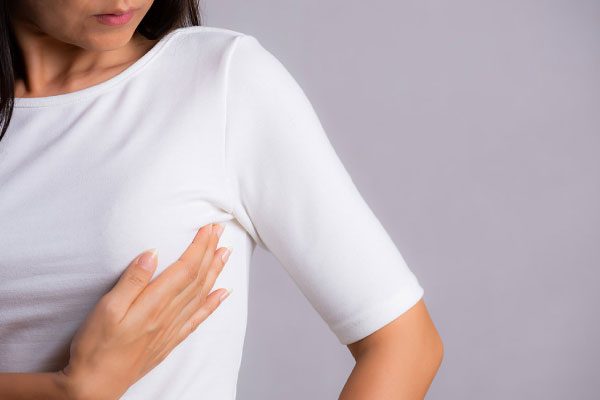
Advertisement – Continue Reading Below
Believe it or not, but your breasts can indicate a lot about your current health condition. Have you ever paid attention to the silent signals that your breasts give you regarding what’s going inside your body? Perhaps, many aren’t aware of how significant it is to learn about what your breasts are trying to tell you and seek medical help if required.
It is a misconception that any breasts-related symptoms or signals are related to breast cancer. In fact, your breasts are the best barometer for gauging your overall inner health and ensure optimal wellbeing. So, we have created a list of the 34 most crucial things that your breasts indicate to help you learn how to decode them.